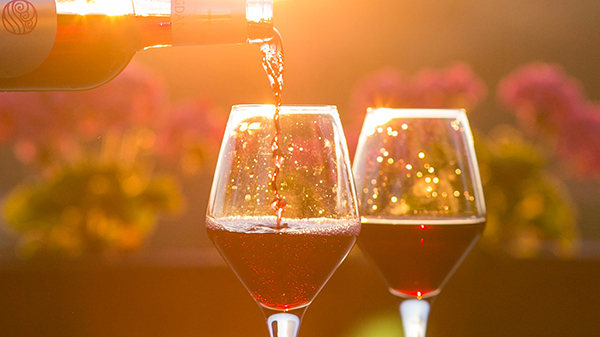You slink into a posh restaurant – nibbles arrive, conversations flow, no one has quit alcohol or gluten, and all is well with the world. You peruse the lengthy wine list, ponder, cudgel your brain, give up and, almost on autopilot, order a Chardonnay or Sauvignon Blanc.
There are more than a thousand varieties of wine, and while glorious, timeless creations are born in Italy and France, that doesn’t justify getting stuck in a wine rut. Personally, I find the innocuous task of navigating newer choices perplexing. If it weren’t for the man in the sharp suit (the sommelier) throwing me a recommendation, I’d stick to my tipple of choice. Frankly speaking, finding solutions to global warming over dinner seems simpler than unlocking a new wine spectrum.
The world of wine is equal parts enormous and confusing. Vitis vinifera, the most common species of grapevine, can thrive from the northern tip of Sweden to New Zealand’s South Island, spanning a number of countries in between – each region enhancing the flavour with its own diversity, individuality and complexity.
South African Dream
When wine loyalists become curious enough to branch out, South Africa is one exhilarating wine region they should raise a toast to. Regions in the cooler coastal belt around Cape Town – like Stellenbosch, Paarl and Constantia – underscore the belief that the country is destined to be the next big wine trend.
At the end of apartheid in the ’90s, the climate – both political and geographical – was ripe enough to re-ignite 350 years of viticulture history. South Africa re-entered the global winemaking market and made a splash. It is home to a plethora of prestigious wineries, but over the past couple of years, the industry has suffered challenges of biblical proportions, not just due to Covid-19.
Hamstrung Hemisphere
Even before the virus’ rampant spread, the local economy was already on crutches, battling a 30 percent unemployment rate and a national crisis of alcohol abuse. Pandemic-induced restrictions were a crippling blow to producers still finding their feet abroad.
In March 2020, the South African government left more than 300,000 employees dependent on the wine industry for their livelihood in the lurch by announcing an overnight lockdown and a blanket ban on domestic and international sales of alcohol. By then, the winemakers were up to their elbows in grape skins as the closure occurred at the peak of the annual harvest.
Exports were halted for five weeks and the domestic market shut down for over two months. The resumption of alcohol sales in June 2020 meant little given an endless cycle of prohibitions and abrupt closures that followed. Wine tourism, accounting for nearly 40 percent of the turnover of family-owned boutique wineries, came to a standstill. The toll on winemakers, both big and small, was immense, and this depression has continued into the second year. The industry body, Wines of South Africa, pegs collective losses at a massive US$417 million.
The silver lining in all this overarching gloom? The sheer beauty of South African wines: the characterful saline notes of the whites imparted by a stunning climate and terroir; the deep, deliciously dry reds; the authentic, unpretentious sweet Moscato – against all odds, winemakers in the country are producing gloriously complex wines that are worth tracking down.
Know Your Wines
A lot of innovative blending happens in South Africa. Prior to 2014, the white grapes Clairette and Muscat d’Alexandrie were traditionally used in brandy, but Clairette Blanche is proof that inspiration and technique can strike up delicately earthy, ethereal, fruity wines that boast an almost heady perfume.
Pinotage is uniquely South African. An interesting crossing of pinot noir and cinsaut, it’s the one that made them famous post-apartheid. Developed by a Stellenbosch professor in 1925, the blend tastes nothing like its parents and remains a favourite of wine lovers the world over.
Aiming for a big, boisterous wine or a lively crowd-pleaser? Try Kanonkop Pinotage. Sommelier-approved, it commands a modest price for its quality, plethora of ripe blackberries, black cherries and attractive minerality.
Thanks to the ingenuity of their boutique producers and an admirable perseverance amidst adversity, South African wines excel in variety, character and expression. Whether delicate, elegant or racy, they stand the test of time.
(Text: Nikita Mishra; Photo: Springbok Wines )








